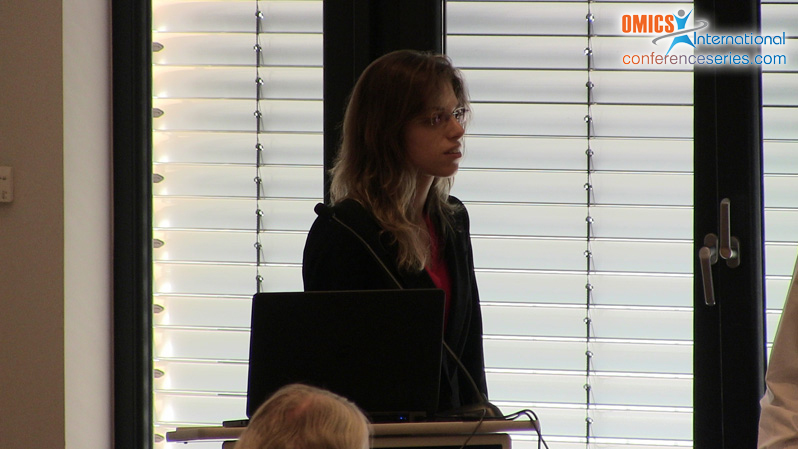
Lior Artzi
Weizmann Institute of Science, Israel
Title: Cellulosomic and proteomic analyses of Clostridium clariflavum
Biography
Biography: Lior Artzi
Abstract
Clostridium clariflavum is an anaerobic, cellulosome-forming thermophile, containing in its genome, a large number of cellulosomal enzymes and a complex scaffolding system. The major cohesin-dockerin interactions of the cellulosome components were characterized, and on this basis a model of diverse cellulosome assemblies was derived. Further on, we cultivated C. clariflavum on cellobiose-, microcrystalline cellulose- and switchgrass-containing media, and isolated cell-free cellulosome complexes from each culture. Gel-filtration separation of the cellulosome samples revealed two major fractions, which were analyzed by label-free LC-MS/MS in order to identify the key players of the cellulosome assemblies therein. From the 13 scaffoldins present in C. clariflavum genome, 11 were identified, and a variety of enzymes from different glycoside hydrolase and carbohydrate esterase families were identified, including glycoside hydrolase families GH48, GH9, GH5, GH30, GH11 and GH10. The expression level of the cellulosomal proteins varied as a function of the carbon source used for cultivation of the bacterium. In addition, the catalytic activity of each cellulosome was examined on different cellulosic substrates, xylan and switchgrass. The cellulosome isolated from the microcrystalline cellulose-containing medium was the most active of all the cellulosomes that were tested. The results suggest that the expression of the cellulosome proteins is regulated by the type of substrate in the growth medium. Moreover, both cell-free and cell-bound cellulosome complexes were produced which can together degrade the substrate in a synergistic manner. These observations are compatible with our proposed model of cellulosome assemblies based on in-vitro cohesin-dockerin interactions studies in this bacterium.

